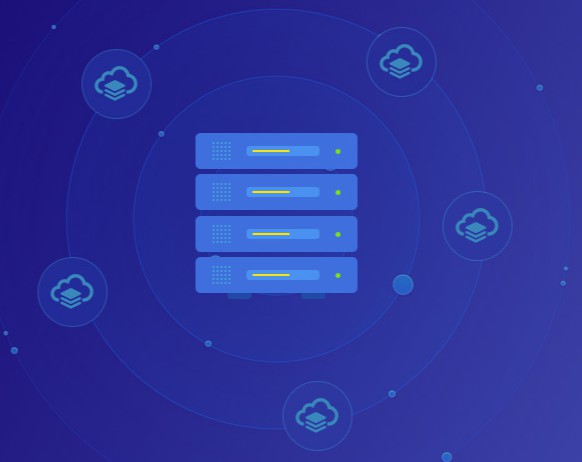Global IT supply chain
International transportation + IT O&M outsourcing + self-owned backbone network
Independent websites are becoming a preferred choice for businesses seeking to establish a strong online presence. Choosing the right server is the cornerstone of success, as it directly impacts website performance, user experience, and brand credibility. This article explores how to select the most suitable server for your independent website and offers actionable tips for optimizing its performance.

Common Types of Servers
Understanding the different types of servers is crucial when setting up an independent website. Below are the most common server types and their key characteristics:
1. Shared Hosting
Shared hosting is an economical choice, ideal for startups and small websites. However, since multiple users share the same resources, it can lead to slower loading speeds, especially during high-traffic periods.
2. Dedicated Hosting
Dedicated hosting allocates all server resources exclusively to a single user, ensuring exceptional performance and stability. It is best suited for large websites with high traffic volumes and stringent security requirements.
3. Cloud Servers
Cloud servers provide scalable resources that can be adjusted based on demand. This flexibility makes them a great choice for independent websites experiencing fluctuating traffic patterns.
4. Virtual Private Servers (VPS)
VPS offers a balanced solution by creating isolated virtual environments within shared hardware. It provides better performance and security than shared hosting, making it suitable for medium-sized websites in the growth phase.
Key Considerations for Server Selection
When choosing a server for your independent website, evaluate the following factors:
Performance and Speed
Fast website loading times are essential for enhancing user experience and improving SEO rankings. Prioritize servers with high performance and speed capabilities.
Stability and Uptime
Opt for a provider that guarantees at least 99.9% uptime to minimize downtime risks and ensure consistent availability.
Security
Ensure the server has robust security features such as DDoS protection, data encryption, and regular backups to safeguard your website and user data.
Technical Support
Choose a provider with 24/7 technical support to address issues promptly, reducing potential disruptions to your business operations.
Cost
Consider your budget and business needs when comparing providers. Look for a solution that offers the best balance between price and performance, while being mindful of hidden fees.
Tips for Optimizing Website Performance
Optimizing server performance not only enhances user experience but also reduces operational costs. Here are some effective optimization strategies:
1. Use a CDN for Faster Access
A Content Delivery Network (CDN) caches your website’s content on multiple nodes, significantly improving load times for global users and reducing server load.
2. Enable Caching
Implement caching to convert dynamic content into static files, reducing the processing load on the server and accelerating response times.
3. Regularly Monitor Server Performance
Conduct routine checks on server performance to identify potential bottlenecks and make necessary adjustments. This proactive approach ensures smooth and efficient server operations.
Conclusion
Selecting the right server is a critical step in ensuring the seamless operation of your independent website. By understanding server types, defining selection criteria, and applying targeted optimization techniques, you can boost website performance, security, and user satisfaction. Laying a solid foundation for your online business is key to achieving long-term success. For personalized recommendations, consult a professional cloud service provider like Ogcloud to find the ideal solution for your needs.

International transportation + IT O&M outsourcing + self-owned backbone network

Cellular chips + overseas GPS + global acceleration network

Overseas server room nodes + dedicated lines + global acceleration network

Global acceleration network + self-developed patented technology + easy linking

Global Acceleration Network + Global Multi-Node + Cloud Network Integration


